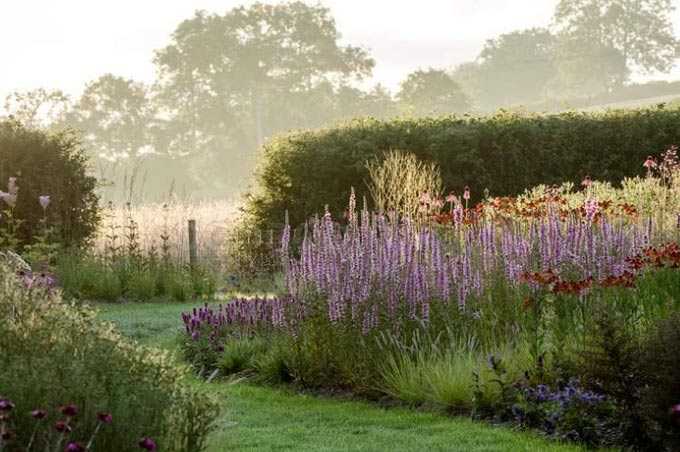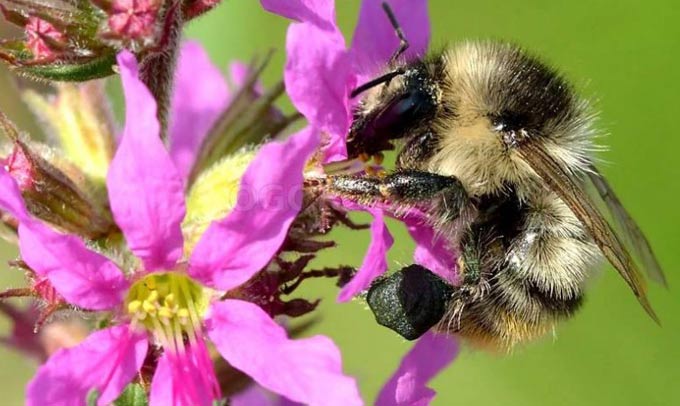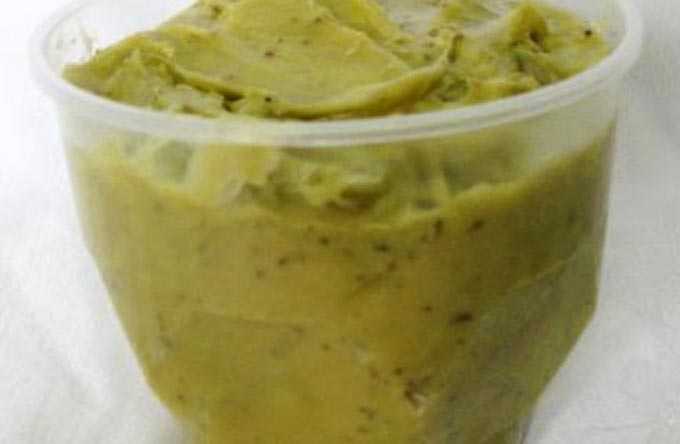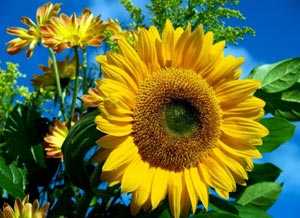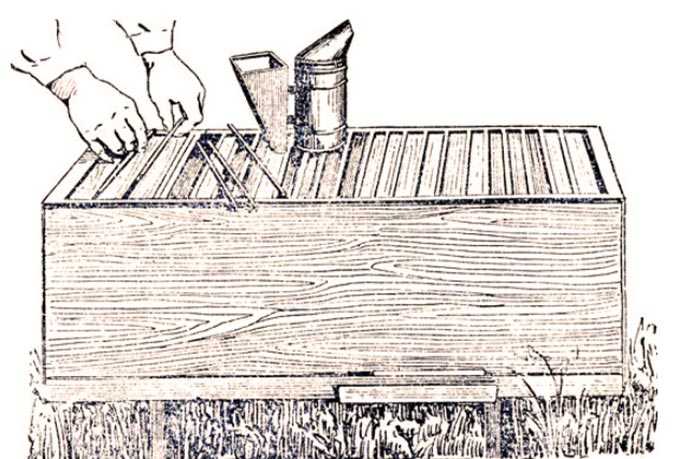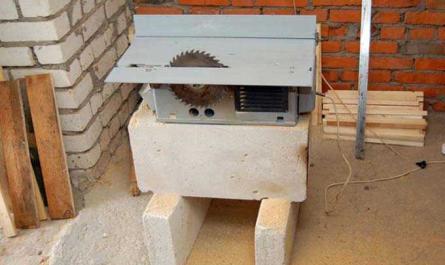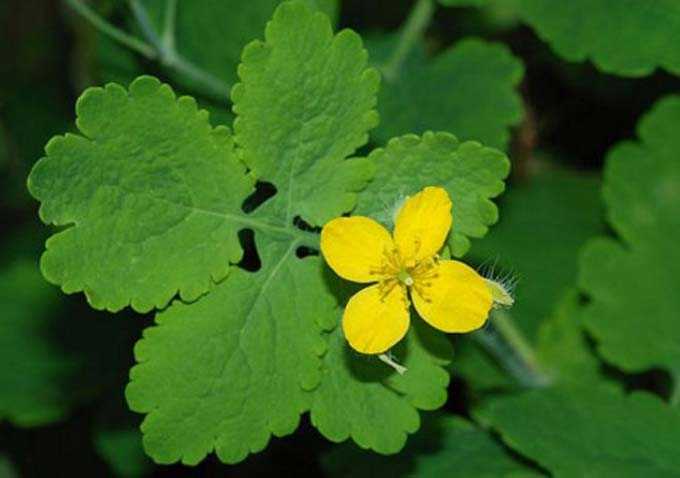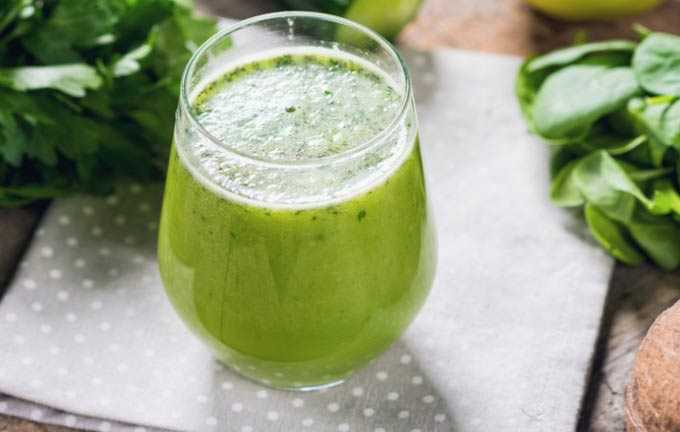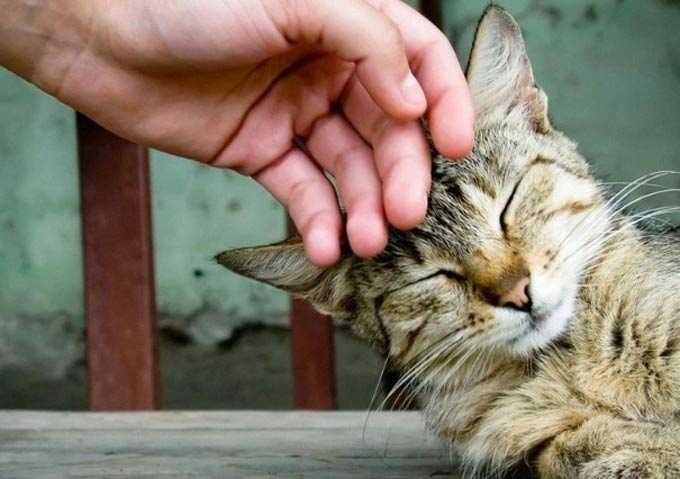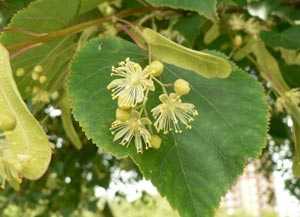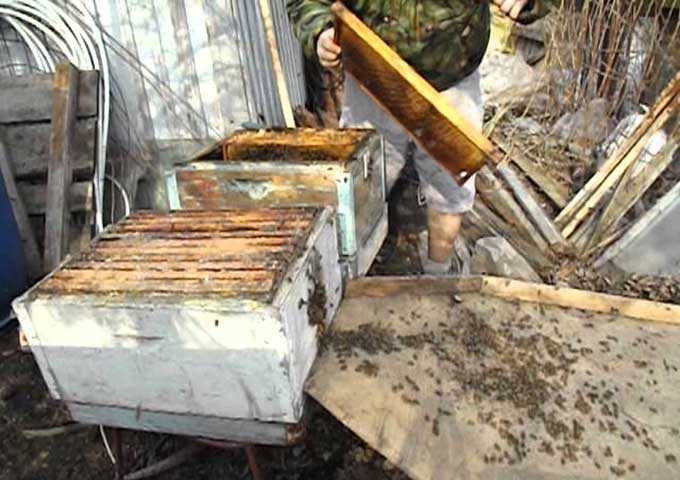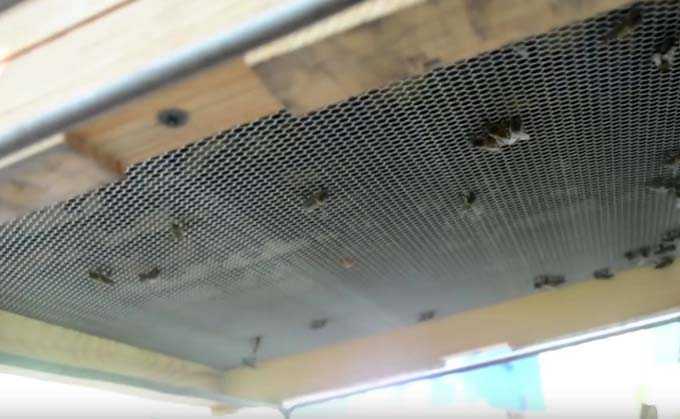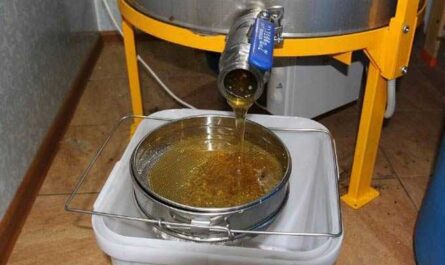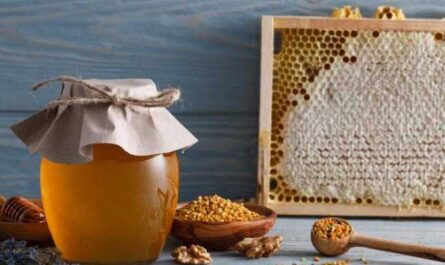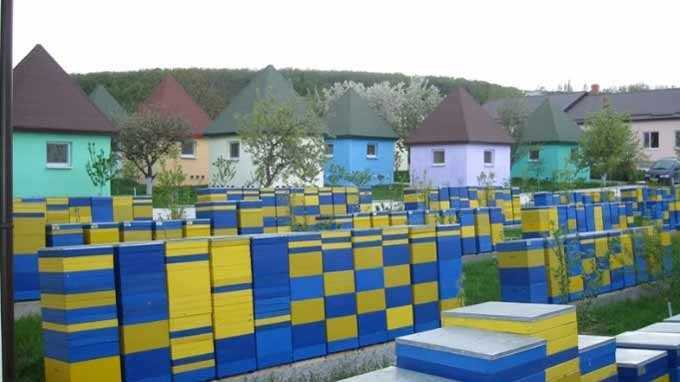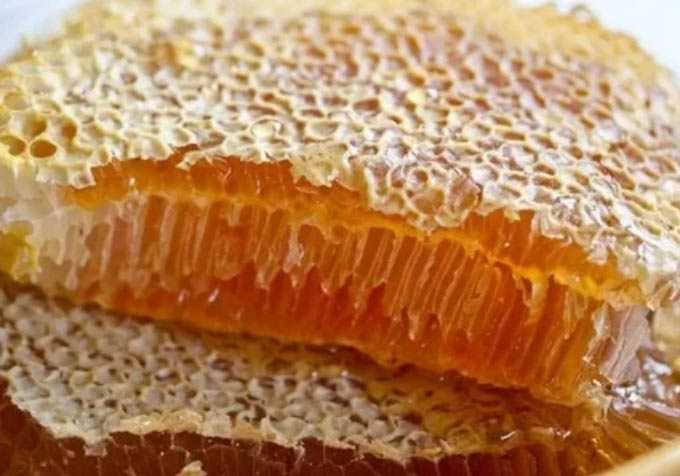Derbennik melliferous plant from the family of the same name, widespread in Russia. Known as “plakun-grass”, “loafer-plakun”, “loaf of willows”.
For beekeepers, it is valuable as a honey plant and pollen.
The content of the article
- 1 Distribution
- 1.1 Looks like
- 2 Significance for agriculture
- 3 Agrotechnics
- 4 Honey productivity
- 5 Application in folk medicine
Distribution
This perennial frost-resistant herb is freed from excess moisture in a special way – by excreting liquid through the leaves. Why the shoots seem to be crying (hence the main name: “plakun”).
You can meet it everywhere in humid places except the Arctic – near swamps, streams, and other natural and artificial reservoirs. The grass loves the open sun, well-fertilized moist soil.
In New Zealand and North America, this perennial is causing serious damage to local ecosystems, aggressively invading new territories. In Europe, Asia, in the north of Africa, it is specially grown.
Looks like
The placun has tall tetrahedral stems, strongly branched at the top. Often the perennial reaches a height of 1,5-2 meters. The upper leaves are alternate, elongated.
Small purple flowers are collected in compact spikelets that bloom in the axils of the upper leaves. If you look closely, each of the flowers has a star-shaped structure.
At the end of flowering, oval-oblong capsules filled with small seeds are formed in place of the spikelets.
Depending on the region, the honey plant blooms from July to August… The fruits are formed in August.
Significance for agriculture
Plant used in landscape design… For these purposes, several varieties have been bred, differing in the height of the stems and the color of the flowers (mainly variations from purple, red to light pink).
The herb contains tannins and a permanent colorant. These properties are used:
- in the fishing industry (for the impregnation of gear in order to protect it from rotting);
- for dyeing leather, paper (rhizomes and flowers, when treated with vinegar, give a yellow dye).
By the way, flowers are edible, and the dye released by them is food grade, not hazardous to health.
In folk medicine, both rhizomes and the whole herb are used. Decoctions are recommended for bathing children and relieving laryngospasm from them.
For beekeepers plakun-grass is a valuable honey plant, providing bees with nectar and pollen from July to August..
Agrotechnics
The grass grows well on all soils, with the exception of dry soils, which must be constantly moistened to ensure growth. Usually flower beds are watered. If landscapes near water bodies are decorated with a plakun, watering is not required for obvious reasons.
The honey plant is moisture-loving, but at the same time it easily tolerates a short drought. He is also not afraid of frost, perfectly taking root in the climatic conditions of the middle zone.
The grass is propagated in three ways:
- the division of the bushes;
- seedlings (sowing under a film in March, transplanting into pots when the third true leaf appears, planting in the ground at a distance of 25-30 cm after the threat of frost has disappeared);
- and seeds (in open soil in the fall).
When using seeds, flowering can be expected in the second to third year after planting..
Among gardeners, it is customary to cut the peduncles of mature plants before the seeds ripen, in order to prevent the aggressive spread of grass on the site.
After planting, the soil is mulched with peat or compost, which allows you to retain moisture and provide young plants with feeding. This procedure is then repeated every spring. And during the period of abundant flowering, mineral fertilizers with a minimum nitrogen contentas this component of garden plant nutrients leads to frequent shoot lodging.
Pruning is carried out in accordance with the requirements:
- sanitary – once a year in autumn or early spring;
- decorative – during growth before flowering to form shrubs to your liking.
In gardens with natural cultivation of the placuna, decorative pruning is not used. It also makes no sense to cut off shoots when grown near apiaries to obtain nectar and pollen. Pollinated crosswise.
Honey productivity
Plakun-grass dissolves inflorescences at the very beginning of July or in the middle of it. Small thickets of melliferous plants sometimes bloom until autumn.
The excretion of nectar is abundant. Honey plant gives on average 254-260 kilograms quality honey from each hectare of dense plantings. Control hives during the active flowering period bring up to five kilograms per day.
Honey has a dark yellow color, pleasant herbaceous aroma, slightly tart aftertaste. Pollen (pollen) is dark green. Its bees use it as food during the autumn laying of eggs by the uterus.
In the wild, massive honey collection is provided by floodplains and swampy thickets. But it is possible to grow honey plants near apiaries, if there is an opportunity to organize such a high-quality late summer honey base.
Application in folk medicine
Placun herb imparts the following healing properties to the collected nectar:
- strengthening the immune system;
- help in the fight against so-called colds (viral infections transmitted by airborne droplets);
- healing of the oral mucosa with stomatitis, ulcers.
Outwardly, this type of honey is used for boils, wounds, cosmetic problems. Plakun grass is believed to be beneficial for women’s health. Therefore, honey can be used to treat erosion, thrush, eat it in case of menstrual irregularities.
To read:
How to treat cervical erosion with honey
Honey in the treatment of gynecological diseases
Share a link to this article on social networks:
